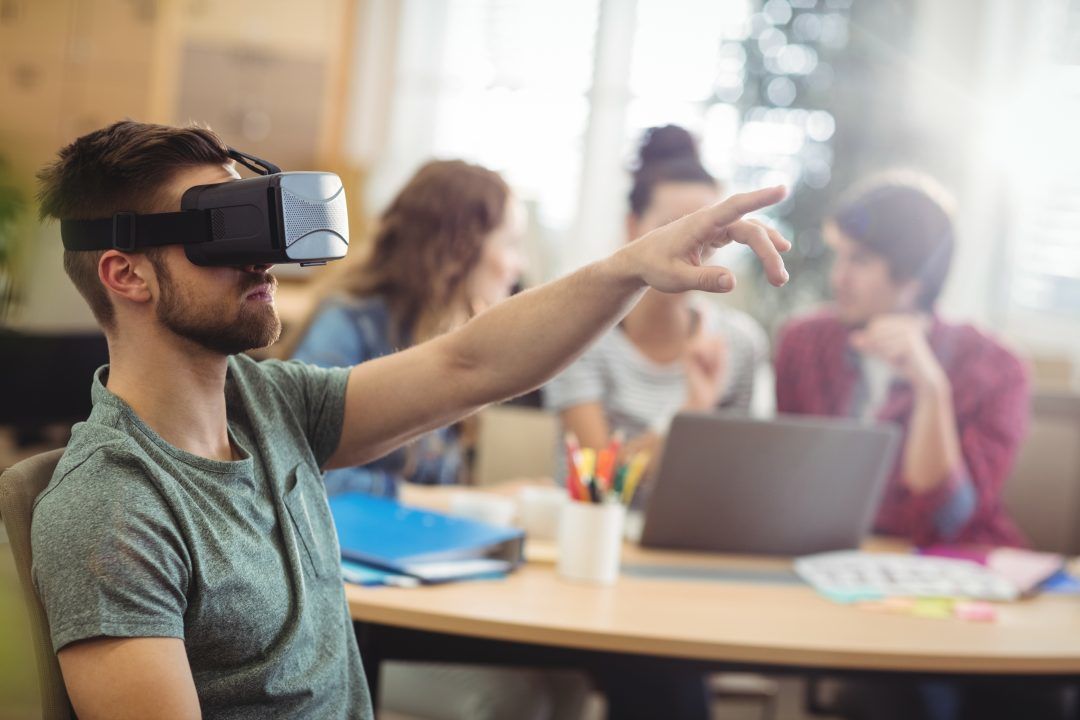In the Visualization Center of the German Research Center of Artificial Intelligence (DFKI)
Campus Building D3.2
66123 Saarbrücken
How can computers manage to interpret data from images or videos more efficiently, and to process information from their enviroment in a meaningful way? What potential lies in these methods? And how can your business profit from these technologies?
These questions were answered by three experts in the following lectures:
Inspired by Nature: Mathematical Image Processing
Professor Joachim Weickert, Cluster of Excellence for Multimodal Computing and Interaction, Saarland University
Important areas of digital image processing and computer graphics make use of mathematical models. Some of these come from nature. With their help, Professor Joachim Weickert explains what the foundations of mathematical image processing are and how they have established it as a research area in its own right. During his talk, Weickert goes into detail on processes that draw inspiration from five areas: electrostatics, diffusion, wave propagation, heat transfer and osmosis.
Understanding 3D Scenes – The Holy Grail of the Computer Vision Discipline
Professor Bernt Schiele, Max Planck Institute for Informatics, Saarbrücken
Humans can effortlessly recognize images and activities in their immediate surroundings. For computers, this is only possible with great effort, and has therefore been considered the “Holy Grail” of computer vision. Earlier approaches were not reliable enough to be convincing. In recent years, however, researchers have developed computating techniques that can solve critical sub-problems quickly and satisfactorily. But will this be enough for computers to automatically capture and understand 3D scenes in the future? In his lecture, Professor Bernt Schiele explains the necessary components, such as “object class pecognition”, “pose estimation” and automatic tracking. As well, he reports on how far his research group has come on the recognition of situations in street traffic, and how this technology can be used in industry.
Successful Cooperation: To Global Leadership with Saarland University
Dr. Jan Messerschmidt, Managing Partner of the Saarbrücken IT firm Dialogika
Starting in 2010, the Saarbrücken software firm Dialogika – founded 32 years ago as a spin-off of the Saarland University Department of Computer Science – has been working on the following problem: “How can (electric) trolleybus poles be connected to and disconnected from the overhead wires automatically?” To this end, Dialogika has submitted a patent proposal based on automatic image recognition. One of the essential aspects, namely the recognition of the contact shoes that sit on top of the current collectors, was solved in the context of a master’s thesis at the chair “Mathematical Image Analysis” of Professor Joachim Weickert (Saarland University). Jan Messerschmidt reports on this success story and explains the potential of the results.
Image: www.freepik.com

